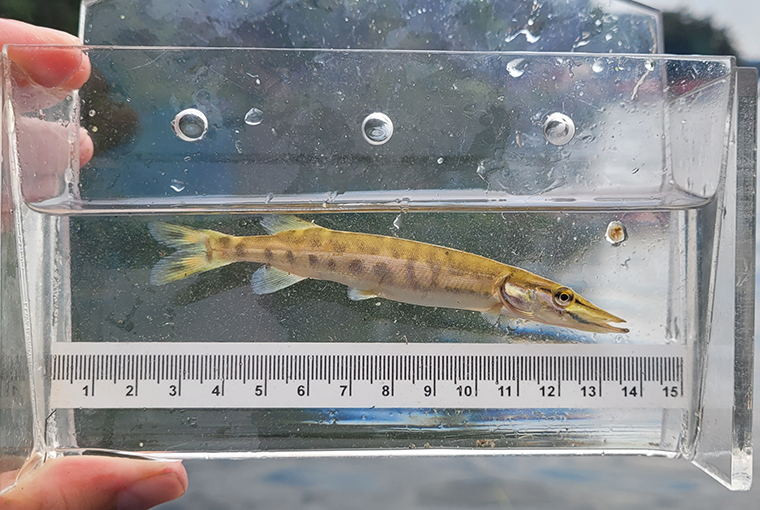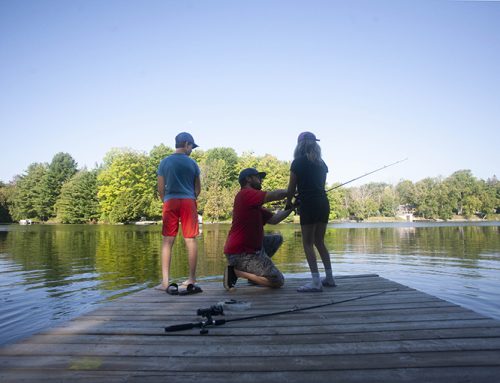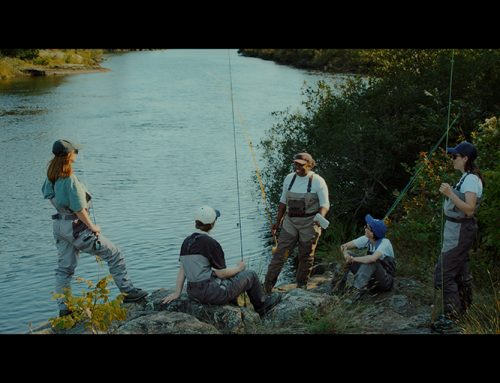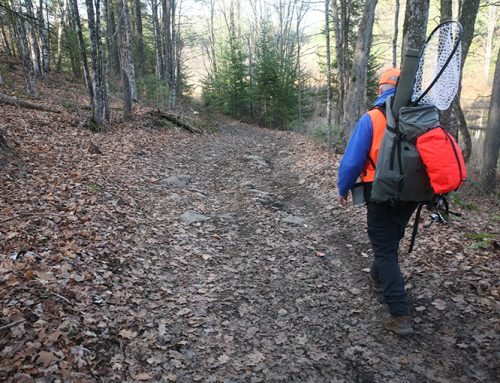
The dire situation facing the St. Lawrence River muskellunge population was highlighted through surveys this year that found only one young of the year fish between Prince Edward County and Montreal.
The River Institute and Environment Program at the Mohawk Council of Akwesasne (MCA) conduct annual near-shore seine net surveys to judge the health of the year’s fish hatch. This year they documented 22,000 fish from 41 species in 78 surveys. There have been worse years for muskie — there were none found in 2015 at 53 sites and one in 2016 at 81 sites, but there was a slight increase leading up to six last year.
“Those stats really convey how rare it is to find these young of the year in the river, especially this year,” said Matthew Windle, a research scientist with the River Institute.
Trend noticed across border, too
There are healthy pockets of muskellunge in the river, but it isn’t what it used to be. Windle said the same trend is being noticed on the US side and in other Canadian surveys. Historically, the St. Lawrence River had a healthy muskie population, and it is often named as potential water for producing the next record fish. When viral hemorrhagic septicemia (VHS), a deadly infectious fish disease, hit in the mid-2000s, it killed a lot of the adult muskie in the river. “That hit the population hard and there’s been a slow recovery,” Windle said.
This challenge was especially hard for muskie. They don’t spawn until five to seven years of age and instead of guarding their eggs, they broadcast them in shallow weed-filled bays. This makes the eggs susceptible to predation from round goby. Invasive species filling the bays and warming water also work against the muskie. This spring, Windle said the water levels were too low, impairing the ability of spawning fish to access habitat. In 2017 and 2019, too much current and flooding worked against spawning muskie by washing eggs away.






Leave A Comment